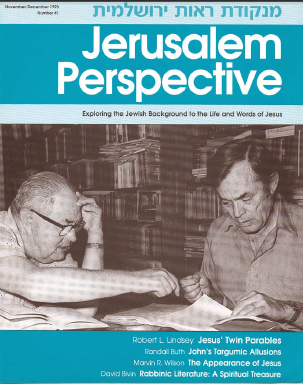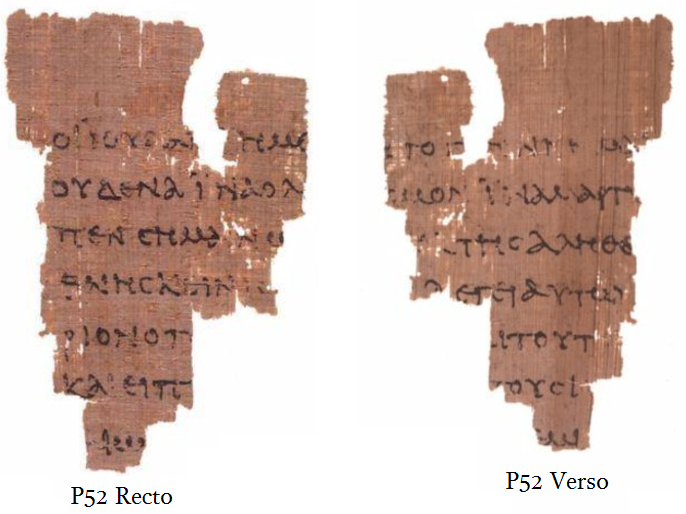This article originally appeared in the JP magazine as a sidebar attached to “John’s Targumic Allusions” by Randall Buth.
Last century many scholars viewed the Gospel of John as a second-century work of the Greek church, and it was taken as axiomatic that the writer knew and used the Synoptic Gospels. However, the discovery in Egypt of an early second-century papyrus fragment[1] containing the text of John 18:31-33 (recto), 37-38 (verso) undermined the late dating of the book. Since John’s Gospel was circulating in Egypt by the early second century, as evidenced by this papyrus copy, the original must have been written in the first century or very early second century A.D. Today, most scholars would date the writing of John between A.D. 65-110, with A.D. 80-90 a common conclusion.
Premium Members and Friends of JP must be signed in to view this content.
If you are not a Premium Member or Friend, please consider registering. Prices start at $5/month if paid annually, with other options for monthly and quarterly and more: Sign Up For Premium

- [1] Designated Papyrus Rylands Greek 457 (Gregory-Aland 𝔓52). Acquired in Egypt in 1920, this fragment is the earliest known manuscript of any identifiable portion of the New Testament. It was published by C. H. Roberts (An Unpublished Fragment of the Fourth Gospel [Manchester, 1935]). Roberts dated this fragment to the end of the first century–beginning of the second century A.D. (Roberts, Unpublished Fragment, 13-16). ↩



